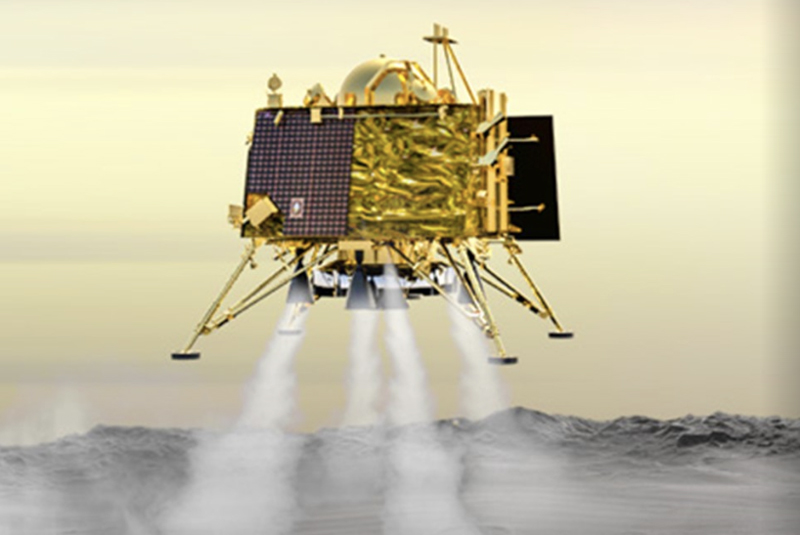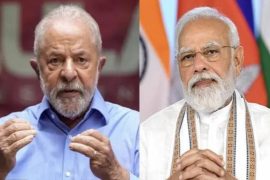Over the weekend, India attempted to make history by becoming just the fourth nation to successfully land a probe on the Moon. It came agonisingly close, but after journeying millions of kilometres, the Vikram lander lost contact in the final few hundred metres and crash-landed on the lunar surface. But it would be both unfair and plain wrong to label the mission a failure.
Two-month trip
After a postponed launch, India’s Chandrayaan-2 spacecraft began its journey to the Moon on July 22. Onboard it carried the Vikram lander and Pragyan rover, equipped to search the lunar south pole for water and other valuable resources. Everything seemed to be going according to plan. Chandrayaan-2 completed several orbits around Earth and then the Moon, slowly making its way closer to the lunar surface and taking photographs the whole time.

On September 2, the Vikram lander separated and began to make its descent. All communications were normal until the lander was within 2km of its goal. Then it went silent – a space engineer’s worst nightmare.
-30-
Copyright©Madras Courier, All Rights Reserved. You may share using our article tools. Please don't cut articles from madrascourier.com and redistribute by email, post to the web, mobile phone or social media.Please send in your feed back and comments to editor@madrascourier.com











